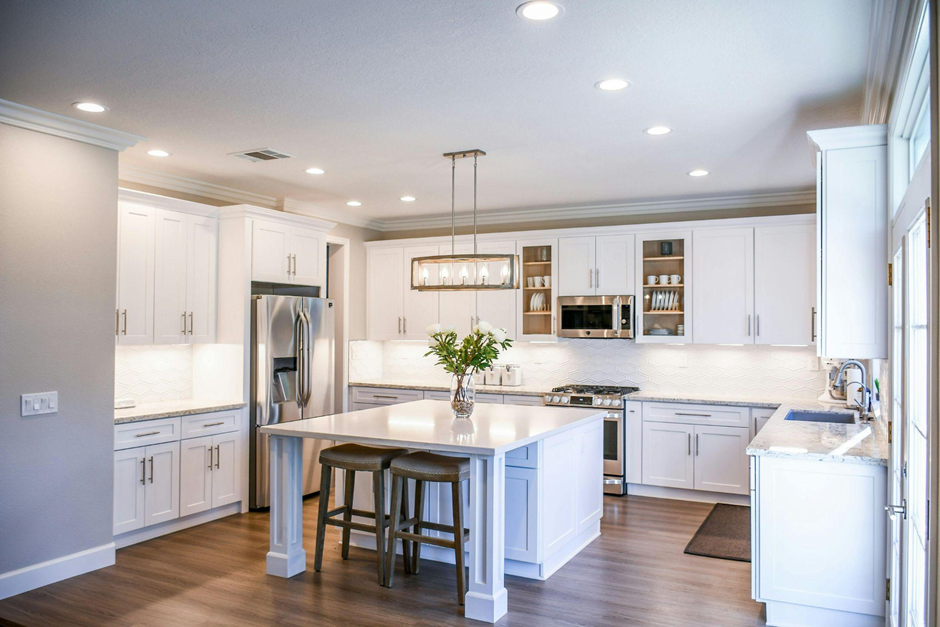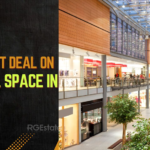Lighting has the power to define the mood, purpose, and functionality of any space. More than just a practical need, lighting design plays a pivotal role in shaping interiors, enhancing aesthetics, and improving everyday living. Whether you’re an interior designer, architect, or homeowner, staying updated on the latest lighting design trends is key to crafting modern, inviting spaces.
From energy-efficient smart lighting to statement chandeliers, here’s a look at the top trends transforming lighting design in homes and offices today.
Smart Lighting Solutions for Efficiency and Convenience
Gone are the days when a light switch was the only way to illuminate a room. Smart lighting has revolutionized how we interact with light. With smart bulbs and systems like Philips Hue or Lutron, you can control brightness, color, and even lighting schedules remotely through your smartphone or voice assistants like Alexa and Google Home.
This trend emphasizes efficiency by allowing users to schedule lights to save energy and enhance comfort. For example, lights automatically dimming at night or transitioning to warmer hues in the evening emulate natural light patterns, creating a healthier environment. Smart lighting is especially valuable in offices, where efficiency and employee wellness are tied to good lighting strategies.
Minimalist and Understated Lighting Fixtures
Minimalist lighting design is thriving, and for good reason. Understated fixtures blend seamlessly into modern interiors, ensuring that lighting complements rather than overwhelms a space. Look for sleek pendant lights, recessed downlights, or track lighting that fits into ceilings and walls quietly but effectively.
This trend works particularly well in contemporary homes and offices where “less is more” defines the design philosophy. Simplistic forms, clean lines, and reduced ornamentation bring a versatile and timeless aesthetic to any room.
Statement Chandeliers for Bold Interiors
While minimalism dominates, bold statement chandeliers remain a popular choice for those looking to add artistic flair. Modern chandeliers go beyond traditional designs—think geometric shapes, sculptural clusters, or even asymmetrical styles that serve as focal points. These pieces excel in high-ceilinged dining rooms, entryways, or above large conference tables in offices.
One standout example is cluster pendant chandeliers. With multiple orbs arranged at staggered lengths, they create a sense of movement and elegance suitable for spaces that demand attention.
LED Technology and Sustainable Lighting Choices
Sustainability is no longer an option but a necessity. With climate concerns and rising energy costs, LED lighting has quickly become the go-to choice for modern lighting designs. LEDs are incredibly energy-efficient, last significantly longer than traditional bulbs, and emit little to no heat, making them ideal for eco-conscious consumers.
Designs incorporating LED strips and panels offer flexibility in form and function. For example, installing LED strips under cabinets, along staircases, or even as slits in walls provides subtle yet sophisticated lighting without wasting resources. Offices, in particular, benefit from LEDs for their durability and versatility.
Layered Lighting for Multifunctional Spaces
Multifunctional spaces demand more versatile lighting solutions, which is where layered lighting excels. This trend involves combining three types of lighting—ambient, task, and accent lighting—to cater to the specific needs of a space.
For instance, in home offices, use task lighting like desk lamps for focused work, ambient lighting such as overhead lights to illuminate the room evenly, and accent lighting like LED strip lights to add texture around bookshelves or wall art. Layering creates flexibility, letting users switch between moods and functions effortlessly.
Biophilic Lighting That Mimics Natural Light
Biophilic design—integrating nature into interiors—has gained significant traction, and lighting plays a big role in this movement. Modern lighting systems now feature designs that emulate natural light, supporting circadian rhythms to foster wellness and productivity.
Human-centric lighting solutions adapt throughout the day, transitioning from cool white light in the morning to warmer tones in the evening. Paired with natural-looking materials or organic designs, these lights make interiors feel in sync with the outdoors. Homes and offices are increasingly adopting this trend to boost health, comfort, and creativity.
Tips for Incorporating Modern Lighting Trends
To bring these trends into your spaces effectively:
- Blend features: Combine functional smart lighting with beautiful fixtures, such as using programmable smart chandeliers.
- Prioritize efficiency: Always aim for energy-efficient technology, like LEDs, that fits within your personal or professional sustainability goals.
- Choose the right scale: Consider the size and purpose of the room when selecting bold fixtures or layered lighting setups.
- Experiment with layering: Mix up ambient, task, and accent lights in the same room for maximum flexibility.
- Lean on experts: Work with a professional lighting designer to customize solutions that meet your needs.
Illuminate Your Spaces with Thoughtful Design
Lighting design is more than just a functional necessity—it’s an art that transforms your environment to reflect individuality and purpose. By incorporating these modern trends, you can create homes and offices that are both stunning and practical, blending beauty with sustainability and innovation.
Whether you’re designing your dream home or elevating a workspace, thoughtful lighting design will take your interiors to the next level. Don’t just light up your space—use lighting to tell a story.
Read More: Principal Data Architect Davi Abdallah – Career & Insights







